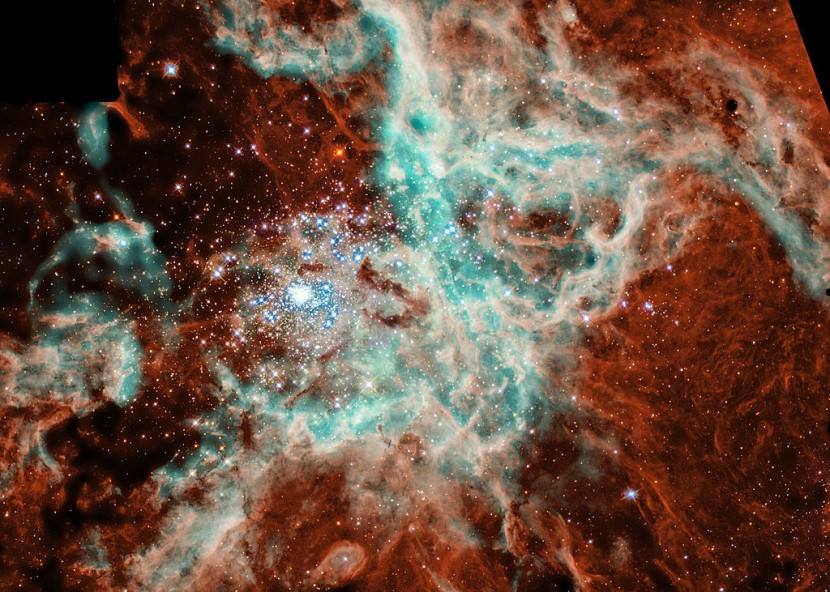
There is more to the cosmos than the dark expanse of interstellar space that covers the whole universe. In the vastness is dust and gas developed from an ancient universe to what is today, which includes stars from the earliest period.
Milky Way and Its Nearby Galaxies
Looking from the outside of the Milky Way, where the light of stars shines in the dark expanse, it is not only a sea of stars if one tries to see close by, Science Alert reported.
Stars and galaxies do not just float in nothing, and the intergalactic medium is more than dark space because in between are vast amounts of dense clouds of gas drifting between stars.
Light from stars is so bright that the dust may not be so obvious but is just there. This galactic dust is where suns are born and go back to when dead. So, this dust lines the fabric of the known universe.
Four new images have been published of these galactic bodies that show how much dust is in four galaxies closest to the Milky Way, per Hubblesite.
These are the Large and Small Magellanic Clouds, dwarf galaxies spinning the Milky Way, the Andromeda galaxy, a large spiral galaxy, and the Triangulum galaxy, another spiral galaxy with a distance of almost three million light-years from ours.
Dust and gas are building blocks of all cosmos structures and will disappear without them. Stars have formed from the gravity collapse occurring in a patch of cold molecular gas, with other materials like dust and gas in interstellar space.
The demise of the stellar object will release the material it took to form it that float back to space, then all the element made when a star burns hot is also emitted into space.
From the death of old stars comes a proto-star from the bodies of dead ones that create different versions per generation. Proving all in the universe is made of star stuff, noted Good Reads.
Dust as Intergalactic Medium
Galactic dust and gas are spread out unevenly by several factors, namely stellar wind, galactic wind, and gravitational pull, creating complex cosmic structures with cavities.
One way of studying them is charting the immense structures and elements within them could help determine what they are, including how they are formed.
The new images released at the 240th meeting of the American Astronomical Society, obtained by the European Space Agency's Herschel Space Observatory from 2009 and 2013, mentioned ESA.
Way before launching, Webb had not gotten images yet. Herschel is one of the biggest infrared telescopes deployed to space. Its colder operating temperature allows Herschel to look further into space, like dust and gas clouds.
This space telescope had some shortcomings in imaging that required ESA's Planck, NASA's Infrared Astronomical Satellite (IRAS), and Cosmic Background Explorer (COBE) to supplement it.
The combined use of all these telescopes has shown a vivid universe with dust and gas, primarily hydrogen gas as red, which makes up many in the cosmos.
Cavities detected in the dust cloud after baby stars are blown away with only spaces left, with a green glow that is only dust left, but blue means warmer dust due to nuclear reactions in a star due to differences in temperature that manifest in different colors.
The cosmos is full of dust and gas between interstellar space and makes a greater part of the universe's fabric. This vast expanse is the graveyard and birthplace of stars that are made up of this material that makes the existence of the universe plausible.
Related Article: Our Universe's Cosmic Dawn Was a Longer Process Than Believed, Astrophysicists Theorize
© 2025 HNGN, All rights reserved. Do not reproduce without permission.








